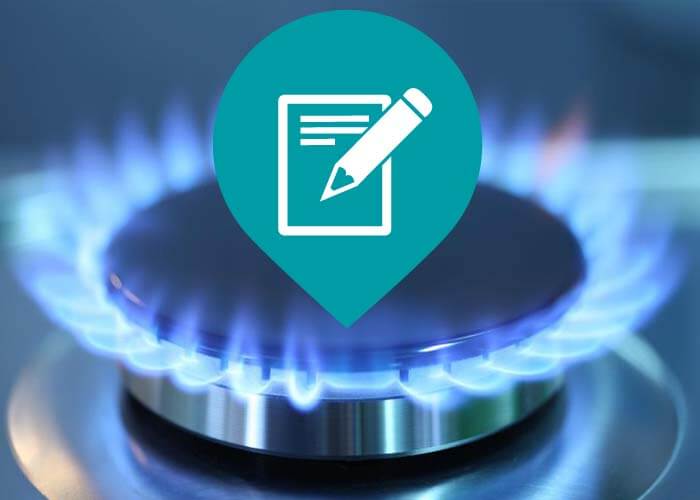
Just how Does the Gas Shipment System Work?
How Does the Gas Shipment System Job?
Gas flowing from greater to decrease pressure is the fundamental principle of the natural gas shipment system. The amount of stress in a pipe is determined in extra pounds per square inch.
From the well, the natural gas enters into "celebration" lines, which are like branches on a tree, obtaining bigger as they obtain closer to the central collection factor.
Event Equipments
A gathering system might require several field compressors to move the gas to the pipe or the processing plant. A compressor is a maker driven by an interior burning engine or wind turbine that develops pressure to "push" the gas via the lines. Many compressors in the gas distribution system utilize a percentage of natural gas from their own lines as gas.
Some gas celebration systems consist of a processing facility, which does such features as getting rid of impurities like water, co2 or sulfur that may wear away a pipeline, or inert gases, such as helium, that would certainly reduce the energy value of the gas. Handling plants likewise can remove small quantities of lp and butane. These gases are utilized for chemical feedstocks and also other applications.
The Transmission System
From the celebration system, the gas moves right into the transmission system, which is typically composed of about 272,000 miles of high-strength steel piper.
These large transmission lines for gas can be compared to the nation's interstate freeway system for autos. They relocate big quantities of natural gas countless miles from the producing regions to regional distribution business (LDCs). The stress of gas in each area of line commonly varies from 200 pounds to 1,500 extra pounds per square inch, depending upon the kind of area in which the pipe is running. As a safety measure, pipes are designed and constructed to take care of much more pressure than is ever before in fact reached in the system. As an example, pipelines in more booming locations run at less than half of their layout pressure level.
Lots of major interstate pipes are "looped"-- there are two or more lines running parallel to each other in the very same right of way. This gives maximum ability throughout periods of peak need.
Compressor Stations
Compressor terminals are located roughly every 50 to 60 miles along each pipe to boost the pressure that is lost through the rubbing of the natural gas relocating via the steel pipeline. Several compressor stations are completely automated, so the tools can be started or stopped from a pipeline's main control space. The control area can additionally remotely run shut-off valves along the transmission system. The operators of the system maintain in-depth operating data on each compressor station, as well as continually change the mix of engines that are running to make the most of efficiency as well as safety and security.
Gas actions via the transmission system at approximately 30 miles per hour, so it takes several days for gas from Texas to get to an utility invoice factor in the Northeast. In the process, there are lots of interconnections with other pipelines and various other energy systems, which offers system operators a lot of flexibility in relocating gas.
Linepack
A 50-mile area of 42-inch transmission line operating at about 1,000 pounds of stress contains around 200 million cubic feet of gas-- enough to power a kitchen range for greater than 2,000 izmirgaz yetkili iç tesisat firmaları years. The amount of gas in the pipe is called the "linepack.".
By raising and also lowering the stress on any type of pipeline segment, a pipeline business can use the segment to save gas during periods when there is less demand at the end of the pipe. Making use of linepack this way allows pipe operators to manage hourly variations sought after very efficiently.
Natural gas pipelines and also energies use extremely innovative computer designs of customer demand for natural gas, which associate everyday and also hourly intake trends with seasonal as well as environmental elements. That's why customers can depend upon the reliability of natural gas-- when it's required, it exists.
Entrance Terminals.
When the gas in a transmission pipeline reaches a regional gas utility, it generally goes through a "gateway station." Energies often have entrance stations getting gas at many different places and also from a number of various pipelines. Entrance terminals serve 3 functions. First, they lower the stress in the line from transmission levels (200 to 1,500 pounds) to distribution levels, which vary from 1/4 extra pound to 200 pounds. Then an odorant, the distinct sour aroma related to gas, is included, so that customers can smell also small quantities of gas. Lastly, the gate terminal determines the circulation rate of the gas to establish the amount being received by the energy.